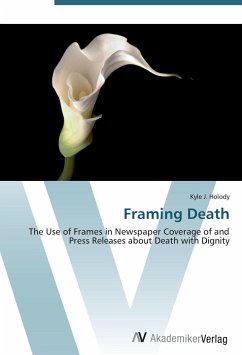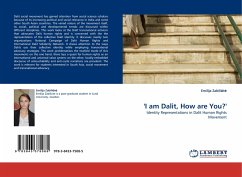Revision with unchanged content. The Death with Dignity National Center (DDNC) takes responsibility for developing the original Death with Dignity Act and has since moved on to proposing similar legislation in other states. It also champions states' rights, fearing that placing physician-assisted suicide under federal jurisdiction would severely hinder its goals. The DDNC has led the legal movement for making physician-assisted suicide an end of life choice available in each state, as well as for keeping that decision at the state level. Utilizing a content analysis, this study coded for frames used by the DDNC in its press releases and frames used in newspaper coverage of death with dignity across the same period of time. It was found that press releases about and newspaper coverage of the death with dignity social movement shared significant correlations in terms of the frames each used, as well as the level of substance given to these frames. Few significant correlations were found, however, for frame valence. It seems as though discussion of this social movement utilizes the same substantive or ambiguous frames, but cannot decide whether these frames are positive, neutral, or negative.
Hinweis: Dieser Artikel kann nur an eine deutsche Lieferadresse ausgeliefert werden.
Hinweis: Dieser Artikel kann nur an eine deutsche Lieferadresse ausgeliefert werden.








